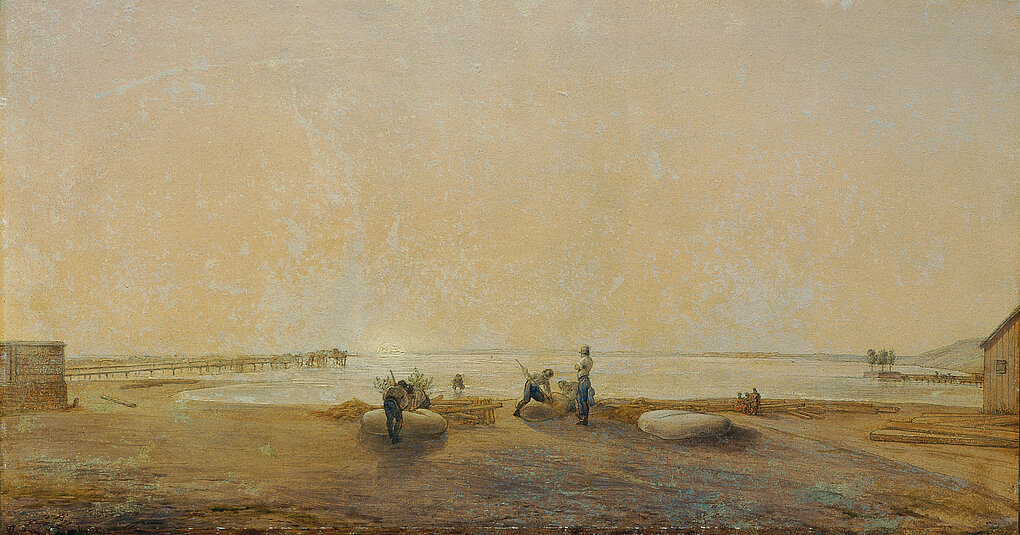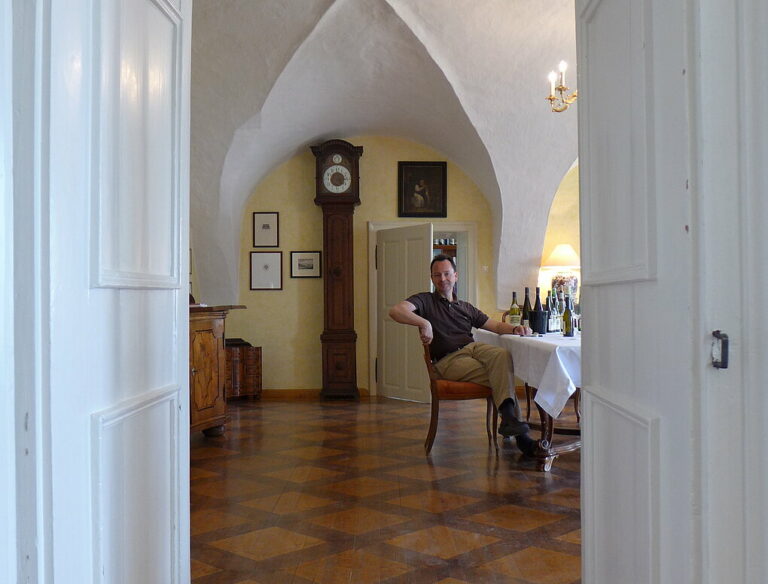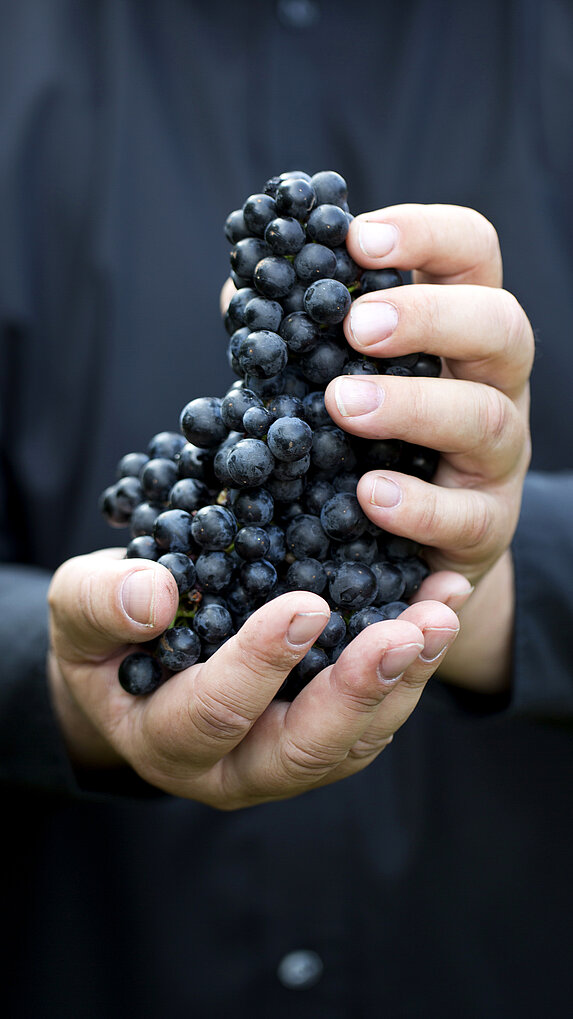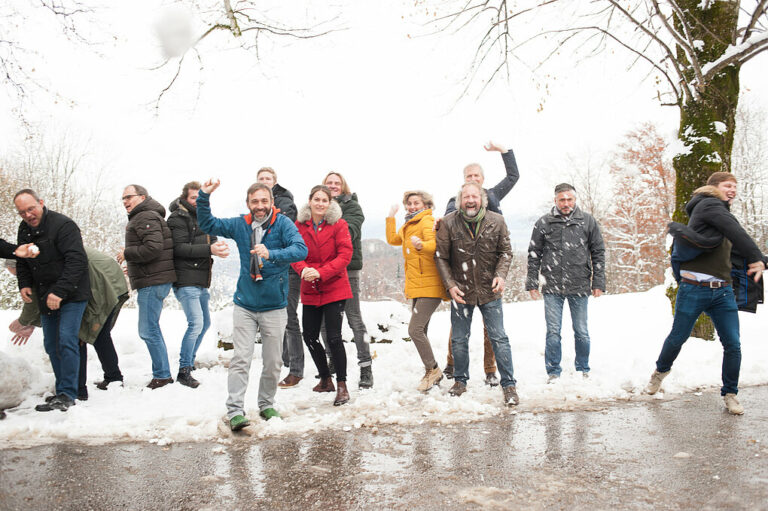Austria’s Vanishing Neusiedlersee. Again?

Under the onslaught of record-breaking drought, the Neusiedlersee is posing new conundrums for Austrian winegrowers. And this isn’t the first time.

Under the onslaught of record-breaking drought, the Neusiedlersee is posing new conundrums for Austrian winegrowers. And this isn’t the first time.
Writer
David Schildknecht trained in philosophy and worked as a restaurateur before spending a quarter century in the U.S. wine trade. His tasting reports, ones from Austria and Germany prominent among them, have since the late 1980s been fixtures of Stephen Tanzer's International Wine Cellar; Robert Parker's Wine Advocate; and, since 2015, Vinous. A columnist and feature contributor for Wine & Spirits, The World of Fine Wine, and Austria’s Vinaria, he is responsible for the German and Austrian entries in the The Oxford Companion to Wine and a co-author of the 7th edition of Robert Parker's Wine Buyer's Guide. David has also addressed issues of aesthetics in contexts academic and otherwise, and his life in wine leaves time to pursue his passions for cooking, music, history, and his infinitely tolerant wife of five decades.

Two wine luminaries reflect on the complex and challenging process of taking Austrian vineyard classification from bill to law.

St. Lawrence, the man, was born in Valencia, Spain, sometime around 225 CE. He moved to Rome to work with Pope Sixtus II, became a deacon, and earned a reputation as a champion of the poor. On August 10, 258, Roman Emperor Valerian sentenced him to die by being lashed to a bed of hot coals. But so great was his devotion to god, the legend goes, that he resisted the flames, demanding that his tormentors flip him like a steak. A martyr was made. St. Laurent, the grape, is thought to have originated in what is now eastern Austria…...

Gerhild Burkhard, founder of the International Sparkling Festival, reveals everything you've always wanted to know about sekt (*but were afraid to ask).

Channeling literary theory in order to propose a new threshold test for fine wine.

12/17/2021 Eat & TRINK | Go Austrian for Your Holiday Feast By Emily Campeau Tomato season rolled right into the root vegetable months, and here we are, planning end-of-the-year festivities. Whether you’re looking to ditch the old classics for a fresh recipe to impress your guests or make dinner for two with plenty left over for a next-day sandwich, I suggest we look to Austria for inspiration. Tafelspitz is a dish closely associated with Viennese cuisine and is generally considered to be Austria’s national dish. The first time I crossed paths with it was at one of those distinguished…...

Why does biodynamics matter? Respekt-BIODYN is the ongoing effort of 25 growers from German-speaking wine regions to answer that question. Though there are many forms of holistic farming that benefit people, planet, vines and wines, this tight-knit Austria-based group believes that a shared commitment to viewing the teachings of philosopher and agricultural reformer Rudolf Steiner as a springboard for exchange, cooperation, shared learning, and support helps cultivate a sense of individuality that, ultimately, translates into more profound terroir expression and higher quality in their wines. Biodynamic Origins “The first 12 winemakers started in 2005,” explains the group’s leader, Michael Goëss-Enzenberg…...
Enjoy unlimited access to TRINK! | Subscribe Today